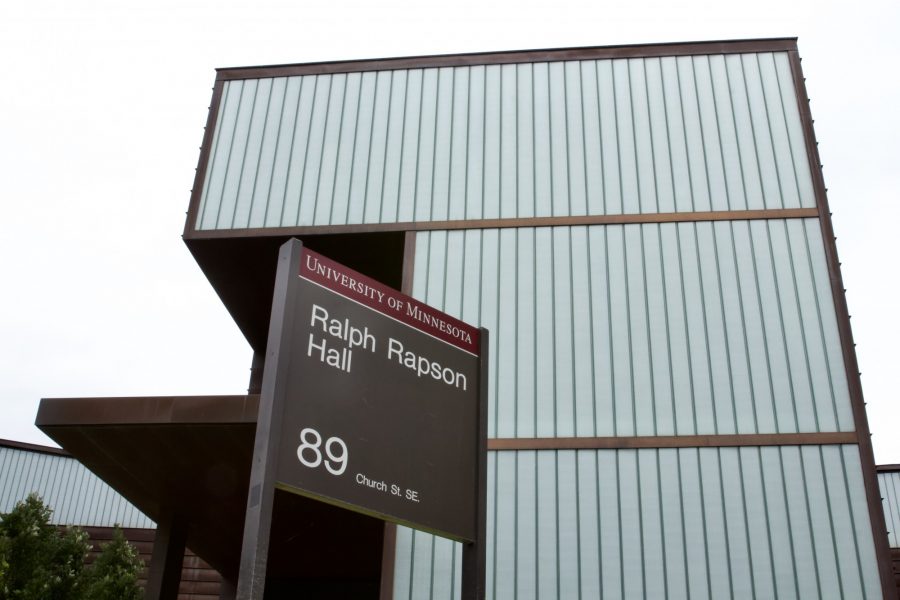Less than two weeks into her position as a new professor and head of the University of Minnesota’s School of Architecture, Jennifer Yoos released a statement with a list of action items to address racial and spatial justice. This came after protests erupted across the globe following the killing of George Floyd.
Now, Yoos and many students and faculty in the School of Architecture are working to refocus the curriculum, improve recruitment, contribute to environmental justice, hold faculty and staff accountable and more before the upcoming school year.
“Our actions are inspired by this recognition and the belief that design has the power to transform our spatial conditions and help end the inequalities produced through the spaces we inhabit every day,” Yoos’ statement read.

The Women in Architecture Student Organization, American Institute of Architecture Students and The Architecture Lobby collaborated to release a survey to collect students’ thoughts on Yoos’ statement. The survey is still open.
Due to the lack of BIPOC students who answered, the survey was not as helpful or representative as it could have been, said Jakob Mahla, a second-year graduate student in the School of Architecture. The Office of Institutional Research reported that over 70% of undergraduate students in the College of Design in Spring 2020 identified as white.
“[The survey] helped gauge a level of where a portion of students were at, but in some ways it was problematic,” Mahla said. “The three student groups and all the student representatives were white. And I don’t think we realized that until we really got more into it.”
In the book “Seeking Spatial Justice,” author Edward W. Soja argues that equitable distribution of resources is a basic human right and based on geography. For example, redlining is the practice of preventing loans to mostly people of color living in urban areas for housing or renovating their homes.
“From my perspective, racial and spatial justice involves examining how we understand and design buildings, spaces, and systems, who is included in these conversations and processes, as well as whose stories and histories are told. More than this though, it’s about taking action to address these inequalities and inequities found in and created by the places that we design,” read an emailed statement from Yoos to the Minnesota Daily.
However, some students said they have concerns about plans to implement these action items and the unequal share of labor for faculty and staff members of color.
Laichee Yang, a graduate student in the School of Architecture, said she feels there are not spaces for her to seek spatial justice in her work.
“I am crossing my fingers that it’s not false promises, that it’s not just performative allyship, that they’re actually planning to dig deep into the curriculum and restructure all of it and commit to what they said they were going to do,” Yang said.
After the statement was released, faculty and staff started a working group assigned to review the architecture curriculum through the lens of race and extending into social class, gender, ability and environmental justice. The working group’s goal is to finalize changes before the start of the fall semester.
In her email to the Daily, Yoos said, “Architecture and urban form have an enormous impact on the way we live every day. Our discipline can create barriers but it can also create ways for people to come together and better connect. Historically, architecture has represented few voices and this needs to change.”








